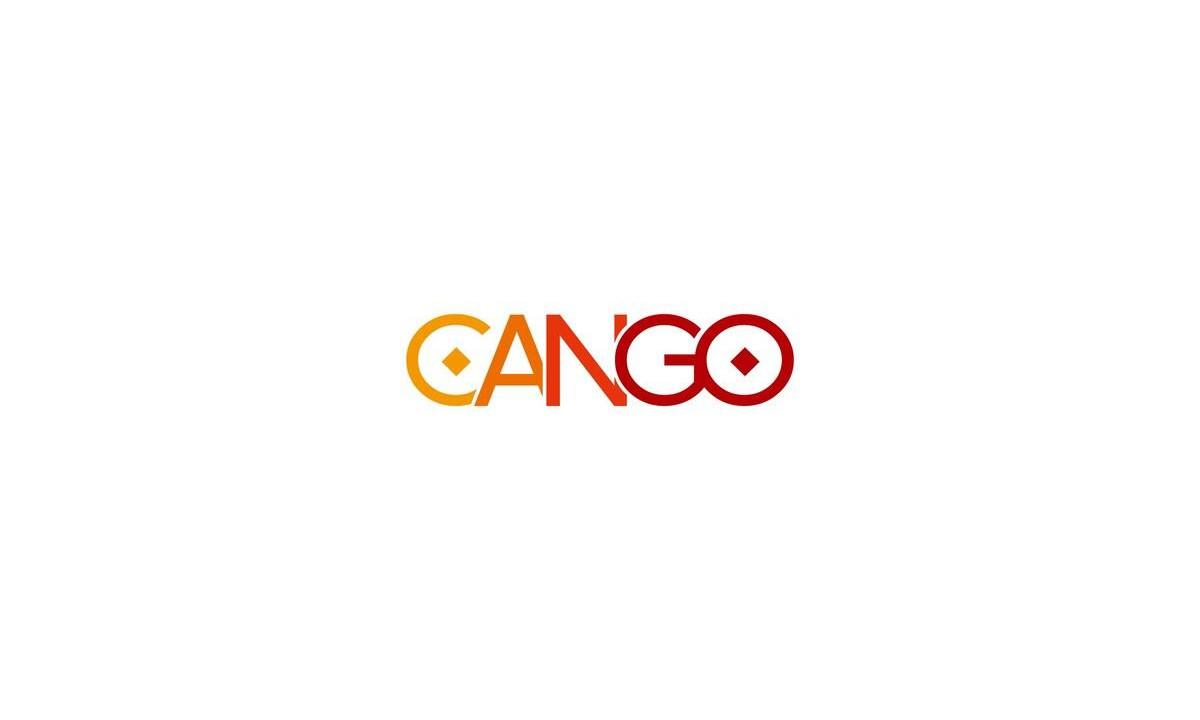Tokenomics, also referred to as ‘token economics,’ is the utilization of a token within a project ecosystem and the monetary policies that govern the growth of the token over time. It is a concept unique to the world of cryptocurrencies and blockchain technology.
Tokenomics encompasses various activities and ideas, some of which are hardcoded into a blockchain’s protocol, while others are more speculative in nature. It covers all essential aspects of a digital token and serves three primary roles.
What is fundraising?
The tokenomics of a project determine the funds raised during its public launch, the currency used for funding, and the distribution schedule of tokens to initial investors. One of the common ways projects raise funds is through Initial Coin Offerings (ICOs). During an ICO, projects offer their initial tokens to a specific group of investors based on certain criteria to secure early capital at discounted rates. This fundraising mechanism allows projects to finance their development and operations while providing early adopters with the opportunity to invest in the project’s success.
What is the level of governance of holders?
Governance is a key component of tokenomics. Token holders on a blockchain possess voting powers that allow them to express their opinions on the project’s governance. This means that token holders can make important decisions regarding project features, direction, and changes to the token economy. These decisions are outlined in the tokenomics section of a project. By involving token holders in the decision-making process, projects can ensure a more democratic and decentralized approach to project management and development.
Whose ownership is it of the digital asset?
Digital assets represent ownership in a crypto project. Many crypto projects disclose the allocation of their token supply in their official whitepapers. Tokenomics enables holders and potential investors to understand the distribution standards of a token and assess its long-term price potential. By studying the tokenomics of a project, investors can evaluate how the token supply is distributed among early adopters, team members, advisors, and the general public. This information can provide insights into the token’s scarcity and potential value over time.
Tokenomics plays a crucial role in creating scarcity and driving the price appreciation of a digital currency. Scarcity is often achieved by limiting the total supply of tokens or implementing mechanisms that control the rate at which new tokens are minted or distributed. A prime example of tokenomics at work is Bitcoin (BTC). Bitcoin is designed to have a total supply of only 21 million coins. Miners are periodically rewarded for their efforts, although the number of rewarded Bitcoins has decreased over time. This controlled supply and diminishing issuance rate contribute to the scarcity and value proposition of Bitcoin.
When investing in any cryptocurrency, it is important to consider tokenomics as they influence the token’s demand and supply, which directly impacts its price. The tokenomics of a project can affect various factors, such as the utility of the token within the ecosystem, the incentives for holding or using the token, and the mechanisms for token distribution and supply management. Therefore, understanding tokenomics can help investors assess the long-term viability and potential returns of a cryptocurrency investment.
Tokenomics is a complex and evolving field within the blockchain industry. It combines elements of economics, game theory, and governance to create sustainable and efficient token economies. To gain a comprehensive understanding of tokenomics and its impact on the blockchain ecosystem, it is recommended to explore educational resources, join blockchain communities, and engage in discussions with experts in the field.
To further explore the concept of tokenomics, you can refer to this detailed guide: What Is Tokenomics?














